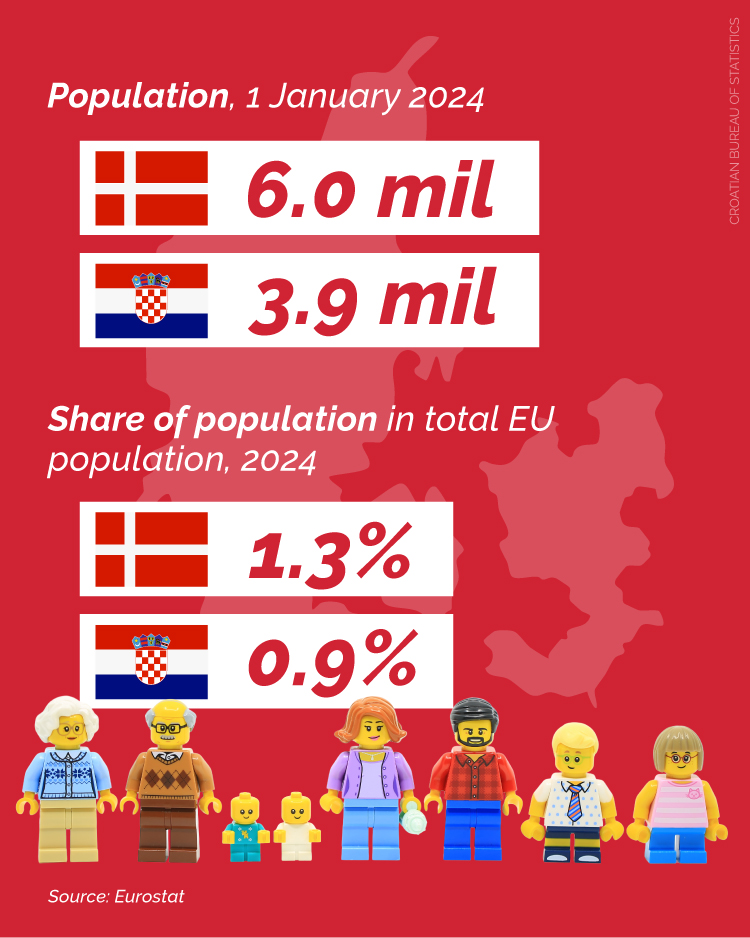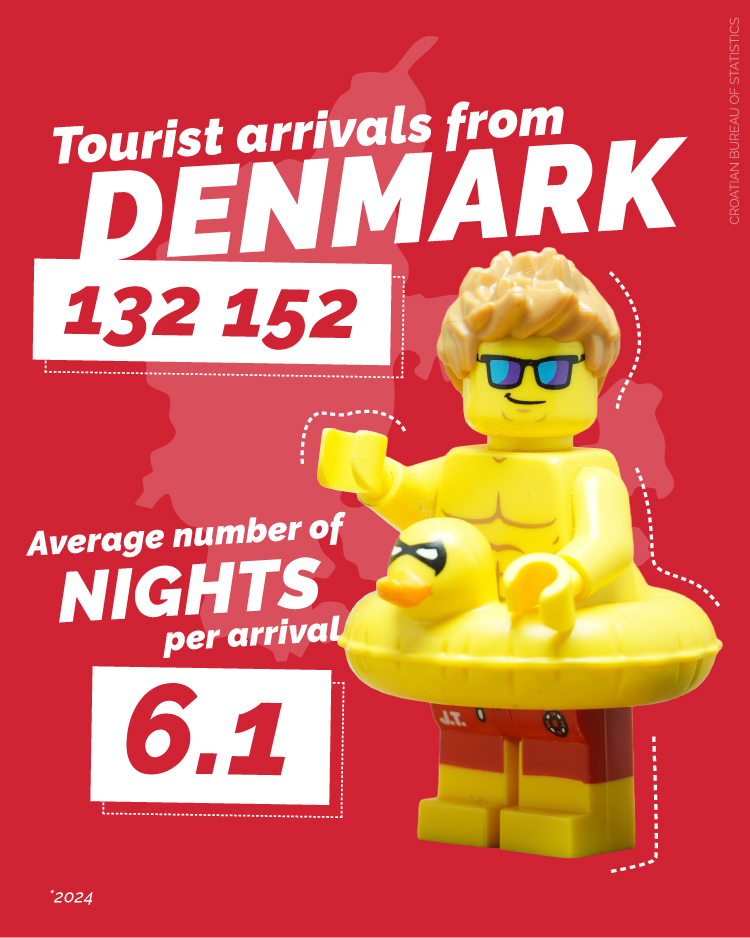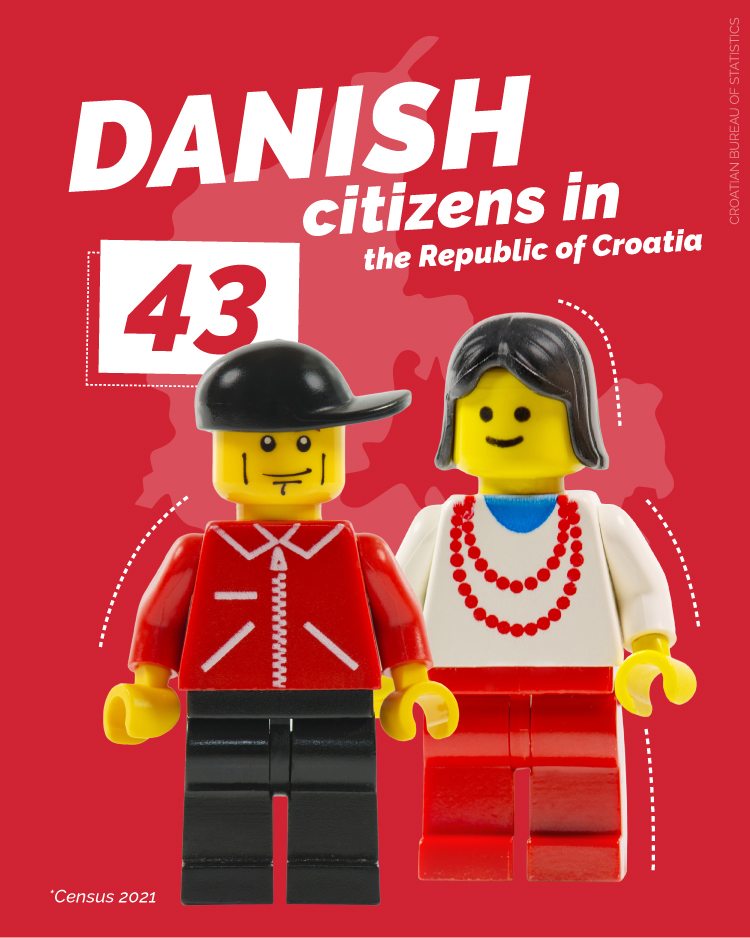What connects us to Europe’s happiest nation?
On the first day of July in Brussels, the presidency of the Council of the European Union will officially pass to Denmark, a country often described as home to the happiest people in Europe. At first glance, Denmark might seem like a distant, cold Scandinavian nation with which Croatia has little in common. Yet, when looking at statistical indicators, it looks like Croatia and Denmark do share some similarities after all.
If you’ve ever lit a candle, wrapped yourself in a blanket, and enjoyed a cup of warm tea undisturbed, you’ve unknowingly embraced hygge - the Danish equivalent of our own fjaka. This life philosophy promotes simple pleasures and a sense of comfort, and it’s arguably one of the reasons Danes consistently rank among the continent’s happiest nations. But beyond a shared appreciation for the good life, what else links Croatia and Denmark - and where do we differ?
As of 1 January 2024, Denmark had a population of nearly 6.0 million, accounting for 1.3% of the total EU population. Croatia, with 3.9 million residents, represented 0.9%, placing both nations in the category of smaller European countries. A demographic similarity also appears in the ratio of women to one hundred men: in 2024, Denmark had 101.1 women per 100 men, while Croatia had 105.9.

If we step away a bit from demographic data and look at labour market figures, it is commendable that both Croatia and Denmark have seen an increase in employment rates compared to the previous year for people aged between 20 and 64, which, in Croatia’s case, has been continuously rising over the past decade.
The area where the differences between these two countries become somewhat more noticeable are economic indicators such as inflation and GDP. In Denmark, the average annual inflation rate, measured by the harmonised index of consumer prices, was 1.3% in 2024, while in Croatia, it was 4.0% during the same period. As for GDP per capita, in 2024, it was three times higher in Denmark than in Croatia.

Lego bricks may be the best-known Danish product, but they were not the product we imported the most from that country last year. According to trade data, in 2024, medicines were the product we imported most from Denmark, with a value of 38.2 million euro. Medicines were also the product we exported the most to Denmark that year, worth 23.4 million euro. Overall, the total value of imports from Denmark in 2024 amounted to 312.2 million euro, while exports were half as much — 146.1 million euro.
Denmark is a country that, like Croatia, has a developed tourism sector relying on natural beauty and cultural heritage. Around one thousand domestic tourists chose to visit Denmark last year through Croatian travel agencies, realising a total of nearly 3 500 nights. The fact that Danes also enjoy visiting Croatia is evident from the total of 132 000 arrivals and almost 800 000 nights realised by tourists from this Scandinavian country in commercial accommodation establishments in 2024. Danish tourists stayed 6.1 nights on average in Croatia. Of all nights realised in commercial accommodation establishments in Croatia in 2024, Danish tourists realised the most nights in July — a total of 570 000 (71%).

Additionally, there are Danish nationals who have made Croatia their home; according to the 2021 Census, there were 43 of them.

We wish Denmark much success in the responsible task ahead and hope that it will spread its optimism for life to all European countries during its six-month presidency!
News






